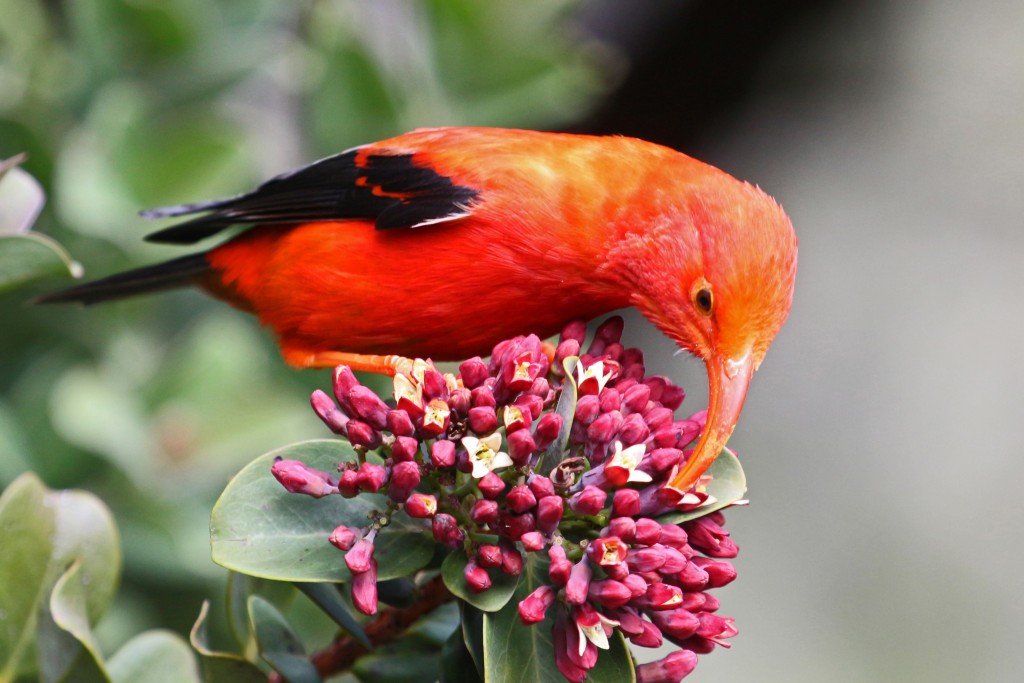
Sunday, September 1, 2019
The SIxth Extinction Chapter 13 - Elyonni Tordesillas
In this final chapter, Kolbert goes to the Institute for Conservation Research(ICR) in San Diego to study the topic of the future. There, she is shown a set of vials, in which the last genetic remains of the black-faced honeycreeper, a nearly extinct Hawaiian bird, reside. Kolbert sees other vials that contain the genetic material of other extinct or near-extinct animals. In all, the ICR’s collection of genetic material is known as the “frozen zoo.” Kolbert wonders, “Does it have to end this way?”—do the world’s beautiful plants and animals need to go extinct to make room for humanity? While it’s true that humans can be destructive, they can also be “forward-thinking and altruistic.” In 1974, Congress passed the Endangered Species Act, which arranged for the protection of animals on the verge of going extinct. Teams of scientists and conservationists have done a great deal to prevent species from being wiped out. It seems altogether better to save at-risk species than to “speculate gloomily about a future in which the biosphere is reduced to little plastic vials.” Kolbert shares her view of human nature: even if humans have enormous capacity for destruction (they’ve been wiping out other species for as long as they’ve been on this planet), they also have the capacity to nurture and protect. So perhaps it’s possible that scientists, working with the general public, will be able to prevent certain species from dying out for good. At any rate, working towards protection is better than pessimistic speculation, which is one of Kolbert’s few prescriptive statements in the book.


Subscribe to:
Post Comments (Atom)
No comments:
Post a Comment